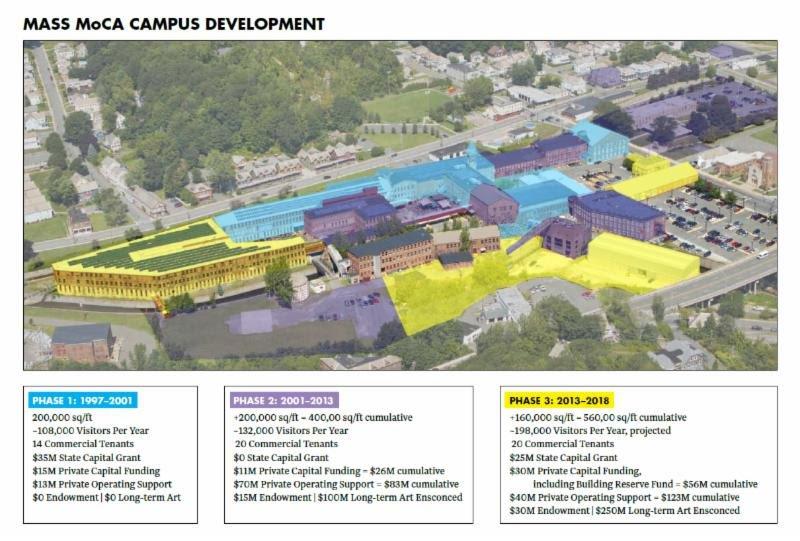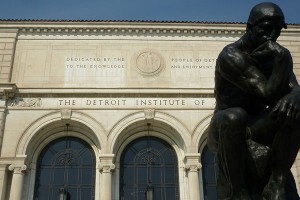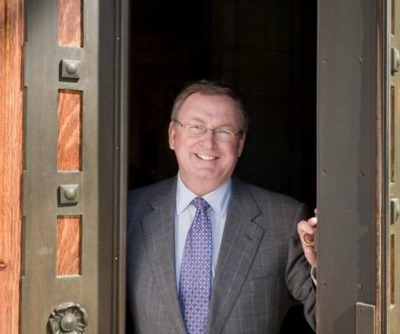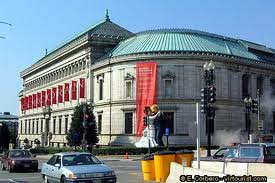Here’s a switch: Las Vegas, whose art museum closed in 2009, is talking about building a new art museum — this one to focus on contemporary art. Whether this one is any more viable than the first is a matter of conjecture. Interestingly, in the information I’ve been able to find online, there’s not a mention of a collection or much about art. It’s all about a new building with 35,000 square feet of gallery space on a two-acre site downtown.
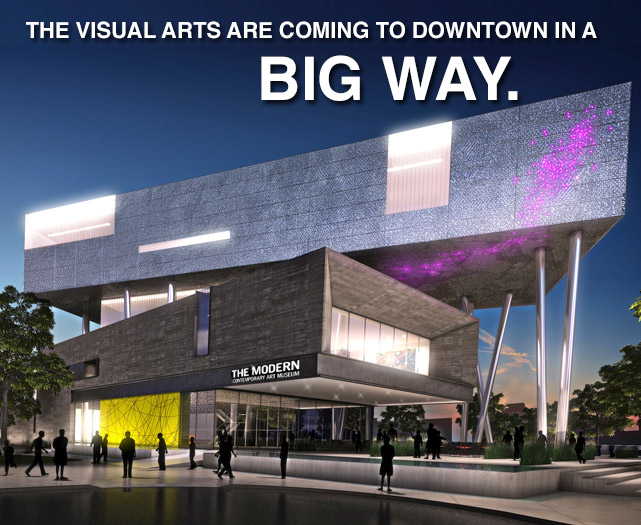 I caught wind of this on the local CBS news website. The article began:
I caught wind of this on the local CBS news website. The article began:
A major campaign to raise money for The Modern Contemporary Art Museum kicked off in Las Vegas. Anna Auerbach with Moonridge Group says they need to raise $29 million in order to move forward with the project. The museum will be located in downtown Las Vegas on East Charleston Boulevard and South Arts Way. Auerbach says most cities of this size have an art museum of this scale, and it’s time Las Vegas does too….
The museum will be one of three complementary components of a progressive cultural center that will showcase art, technology, and design in addition to providing essential training and tools for a new wave of artists and designers. The campus will include three components: The Modern Contemporary Art Museum, the Center for Creativity, and Luminous Park, anoutdoor sculpture garden and community gathering space.
The Modern Contemporary Art Museum will house…an important and progressive series of rotating exhibits….and showcase the works of both established and emerging artists from the 20th century onward. The Modern will also include a retail store/gift shop, a bistro and event spaces.
So as you’ve read, the price for this is $29 million. And how much have organizers raised? Would you believe $2.5 million? So they’ve gone public before raising even a tenth of the cost. That’s unusual in itself, fundraisers will tell you. Generally, they want to amass funds or pledges for at least half before going public. In this case, the organizers are taking another strange path — they’re trying crowd-funding for $100,000. They posted their plea on Indiegogo with a campaign running through Apr. 17, according to Nevada Business. As of this posting, they have $10,155.
With the $100,000, the organizers plan to hire a project manager.
In their plea, the organizers say they can move forward only with the public’s help and they add:
- We deserve an art museum, an education center, and beautiful and safe public park in the heart of downtown
- This complex will generate tremendous economic impact
- It will educate individuals of all ages and backgrounds
- It will create a legacy for our families, friends, and children
Good goals. But before I’d contribute — assuming I lived in or near LV — I’d want to know more about the art and the organizers, not to mention their long-term plan for building and sustaining a museum in Las Vegas.
Photo Credit: Courtesy of The Modern campaign

